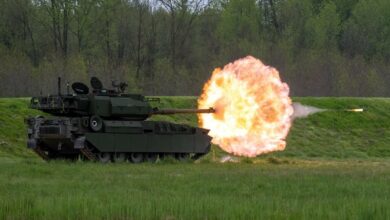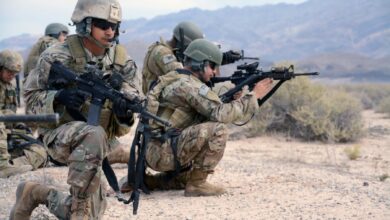Raytheon to Supply Key Components for US Army Counter-Drone Program
Raytheon Missiles & Defense has clinched a $207-million contract to provide key components for the US Army’s counter-unmanned aerial systems (UAS) program.
The company will deliver Ku-band radio frequency sensors to provide advanced 360-degree threat detection capability to the army’s Low, Slow, Small UAS Integrated Defeat System (LIDS).
Raytheon will also provide Coyote low-cost effectors to help neutralize enemy drones.
The sensors and the Coyote effectors will operate alongside Northrop Grumman’s Forward Area Air Defense Command and Control system and Syracuse’s electronic warfare system.
“Together, these systems create a multi-mission fixed, transportable or mobile deployed system that provides a complete extended-range defense solution,” the company stated in a press release.
Two US Army divisions will deploy the LIDS with new Raytheon components to support a wide variety of missions.
Critical Capabilities
According to Raytheon, its Ku-band radio frequency sensors have been proven effective in delivering persistent detection, identification, and tracking of airborne threats.
The coyote effectors, meanwhile, have demonstrated their ability to defeat single or swarms of drones in varying sizes, maneuverability, and altitudes.
Company official Tom Laliberty said that the LIDS sensors and effectors are recognized as “critical capabilities” for a more effective defense against the evolving UAS threat.
“Together with the US Army, we’ve matured the technologies and developed an integrated solution that can protect and defend assets, infrastructure, and personnel against the complex threat of enemy drones,” he explained.
LIDS Improvement
The US Army’s Integrated Fires and Rapid Capabilities Office recently partnered with Raytheon to showcase the capabilities of the LIDS during the army summer test period.
The company utilized real-world data to improve the system’s performance and dependability.
During the trial, LIDS successfully detected and defeated drones, validating the updates made to the system and reaffirming its effectiveness.
“The ability to rapidly integrate warfighter feedback and data-informed updates into these proven systems allows us to continually enhance this critical capability against real and emerging threats,” Laliberty stressed.
“The successful performance of Coyote and Ku-band sensors during the summer test period proves LIDS gives warfighters around the globe a competitive advantage.”












